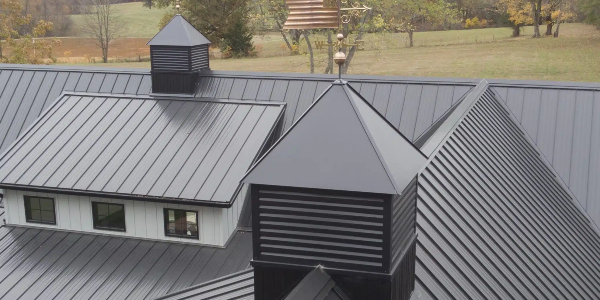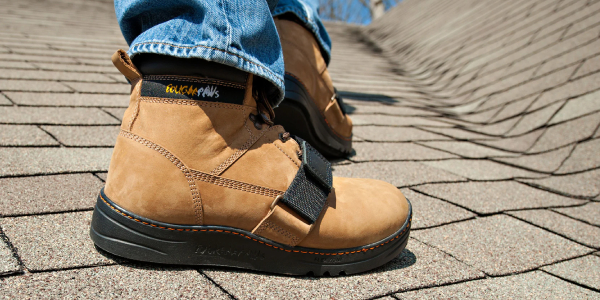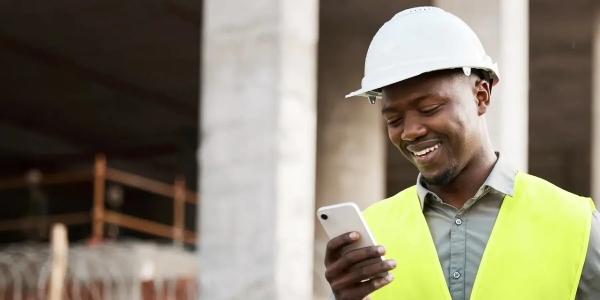UP TO THE MINUTE
Unveiling the power of metal panel roofing

By Central States Manufacturing.
Your building deserves more than just a roof – it deserves protection, durability and style.
Metal panel roofing isn't just a choice; it's a statement of quality. For architects, builders and homeowners looking for reliability and modern design, metal panels provide a weather-resistant, long-lasting solution that stands the test of time. Whether you're seeking sleek aesthetics or practical durability, the innovative components of metal panel roofing offer more than meets the eye. Explore, with us here at Central States Manufacturing, why this roofing system continues to dominate both residential and commercial landscapes.
Metal panel roofing
Metal panel roofing systems are renowned for their durability and weather resistance, making them ideal for a wide range of applications. The key components of metal panel roofing include:
- Panels: Metal roofing panels come in various profiles, including standing seam, corrugated and ribbed designs. These panels are typically made from galvanized steel, aluminum or other metals, offering strength, longevity and low maintenance requirements. At Central States, we offer 13 panel profiles for roofing
- Fasteners: Fasteners play a crucial role in securing metal roofing panels to the underlying structure. They come in different types, including screws, nails and clips, each designed to provide secure attachment while accommodating thermal expansion and contraction. Selecting the right design of fastener for the correct application will ensure longevity and performance of your building project. Central States carries a variety of screws and pop-rivets in color matching options.
- Trim components: Various trim components are used around roof penetrations, valleys and transitions to prevent water infiltration and protect vulnerable areas from moisture damage. Metal trim is best suited for metal panel roof and siding systems and is typically manufactured to match the panel system chosen. Central States offers a variety of standard trims and special trim options for more complex needs, as well as vented options for several trim components. Customers can design custom trim on Central Link using our trim editor tool.
- Sealant: Sealant is applied at joints, seams and penetrations to create a watertight barrier and prevent moisture intrusion. Silicone, polyurethane and butyl rubber are common sealant materials used in metal panel roofing installation, offering flexibility, durability and weather resistance. Central States carries a variety of tube sealants in color matching options, as well as butyl tape, closures, grayflex and more.
- Underlayment: Underlayment is installed between the metal roofing panels and the roof deck to provide an additional layer of protection against water intrusion and to enhance thermal insulation. Common types of underlayment include synthetic felt, asphalt-saturated felt and self-adhering membranes.
Metal panel siding
Metal panel siding offers durability, versatility and aesthetic appeal, making it a popular choice for residential and commercial buildings alike. The primary components of metal panel siding include:
- Panels: Metal siding panels are available in a variety of profiles, including horizontal and vertical orientations, ribbed designs and smooth finishes. Many roofing panels can be utilized in siding, but other panels are exclusively roofing only or siding only. Manufacturers should provide this distinction for clarity. At Central States, we offer 10 panel profiles for siding applications, including metal panel options for soffit in vented and non-vented.
- Trim components: Siding trim components, such as corner trim, J-channels and fascia, are used to finish the edges and corners of metal siding panels, creating a clean and professional appearance. These trim components are much different than roofing trim components but also provide the same protection from damage and provide structural support. Central States offers a variety of standard trims and special trim options for more complex needs.
- Fasteners: Similar to metal roofing, fasteners are used to secure metal siding panels to the underlying structure. They come in various types and sizes, depending on the panel profile and installation method. Central States offers a variety of standard trims and special trim options for more complex needs, as well as vented options for several trim components.
- Sealant: Similar to metal roofing, sealant is applied at joints, seams and penetrations to create a watertight barrier and prevent moisture intrusion. Silicone, polyurethane and butyl rubber are common sealant materials used in metal panel siding installation. Central States carries a variety of tube sealants in color matching options, as well as butyl tape, closures, grayflex and more.
Conclusion
Metal panel roofing and siding systems offer exceptional durability, versatility and aesthetic appeal for a wide range of construction projects. By understanding the fundamental components and their roles in metal panel systems, builders and designers can create structures that are not only durable and weather-resistant but also visually striking and sustainable. As the demand for high-performance building materials continues to grow, metal panel roofing and siding remain at the forefront of innovation, providing cost-effective and reliable solutions for diverse architectural designs and environmental conditions.
For a complete list of Central States metal components, view our product pages.
Original article and photo source: Central States Manufacturing
Learn more about Central States Manufacturing Inc. in their Coffee Shop Directory or visit www.centralstatesco.com.



















Comments
Leave a Reply
Have an account? Login to leave a comment!
Sign In